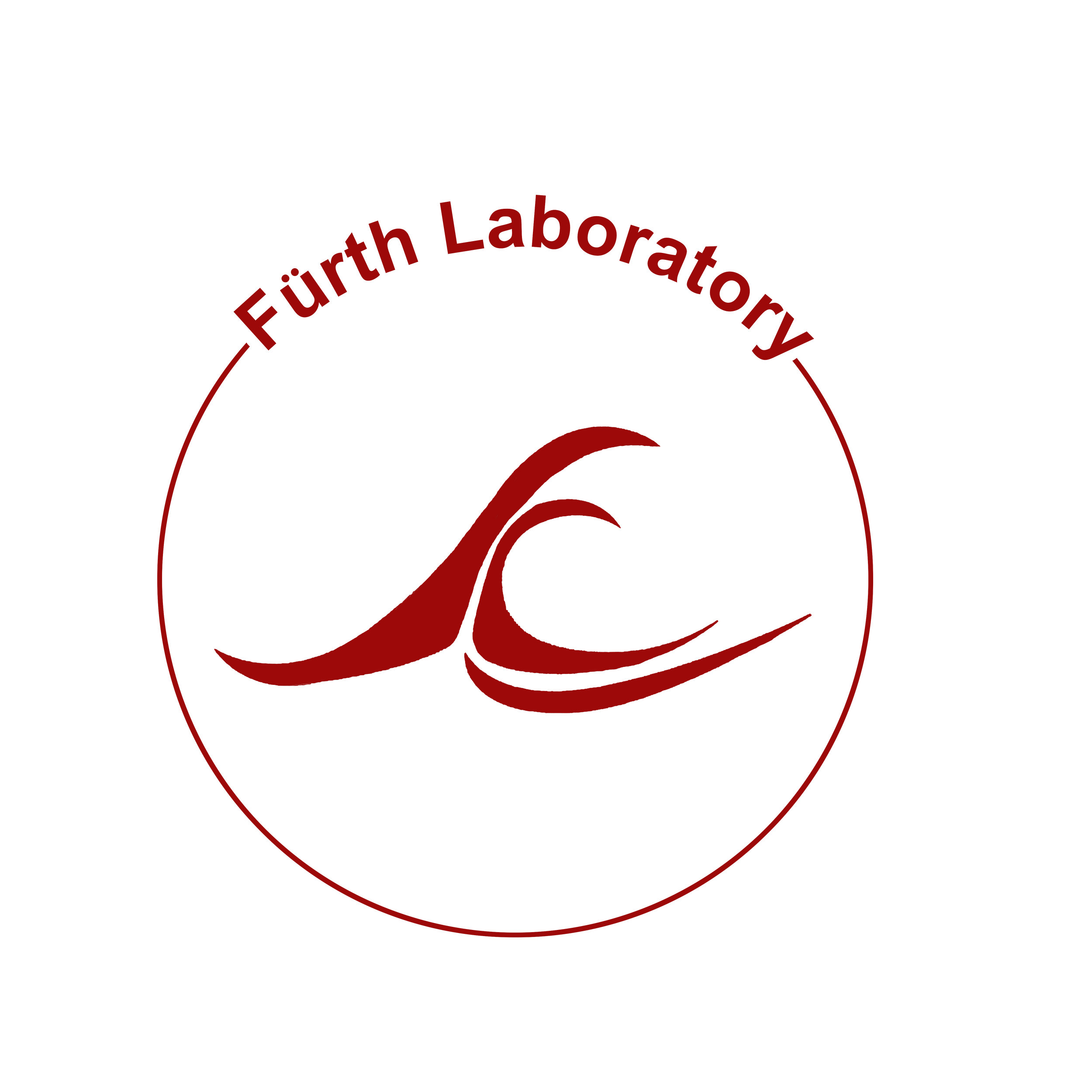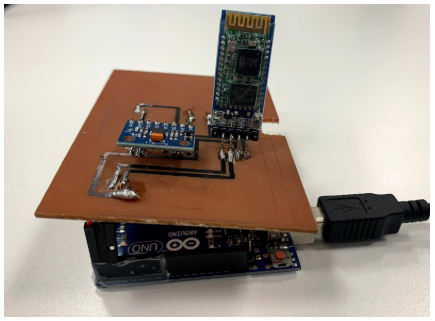Sustainable Ocean Farming Technology
The Problem
About 2.7 billion people around the world are affected by either moderate or severe levels of food insecurity. This means that people have either been missing meals, are unsure about where their next meal will come from, or they sacrifice health for cheaper, unhealthy alternatives. It is our goal here at Kelp Krew to help diminish the number of food insecure individuals in the world.
Our Solution
In order to solve the issue of world hunger, more food would need to be grown and farmed. However, to do this a lot more land would need to be occupied, land that may not be available. Humans need more sustainable methods and more diverse food sources to end world hunger and diminish food insecurity. Seaweed is one such source that is both sustainable and nutritious. It is a great food source because it grows easily, grows quickly, and can also be used in many ways beyond merely food. Another factor that needs to be considered is the amount of land that seaweed growth would require. Fortunately, seaweed can be grown offshore and does not require freshwater or artificial nutrients. This means that the arable land and freshwater can be used for other needs of the communities, lands can be preserved, and “dead zones” from eutrophication can be countered. Current farming practices are outdated and contribute to global warming and the climate crisis. There is a market need for a bigger and better ocean farming system to help mitigate the climate crisis as well as provide an alternative food source for humans. Growing seaweed offshore also opens up a larger area for cultivation, which means the magnitude of production can be significantly greater.
Currently, there is one small-scale offshore farming system on the market. KelpKrew aims to make modifications to current techniques and a previously completed Deep Ocean Remotely Monitored System (DORMS) model, by SeaWork, in order to develop a sustainable offshore farming technology (SOFT). With dwindling resources and rising demand in the field of agriculture, KelpKrew looks to provide a solution for organizations and governments plagued by the world hunger crisis. While contemporary shore-based agriculture continues to damage our ecosystem and drain our planet’s resources, the SOFT Structure will provide environmentally conscious seaweed farming in the deep ocean.
Why are we doing this?
The completion of our project helps to achieve goals 2 (End hunger, achieve food security and improved nutrition and promote sustainable agriculture) and 14 (Conserve and sustainably use the oceans, seas and marine resources for sustainable development) of the United Nations Sustainable Development Goals.
Current Progress
KelpKrew has made significant progress on the project in this previous academic year, starting with the testing of SeaWorks DORMS model. The group utilized the towing tank in Davidson Laboratory at Stevens Institute of Technology to gather data and determine modifications that needed to be made to the system. The computer aided design (CAD) model of SOFT was created followed by the Inertial Measurement Unit (IMU) device. The IMU allowed for the team to receive data on the angular momentum of the system in order to calculate the Response Amplitude Operator (RAO) data. This data would give the team insight to whether the model was behaving properly in the water or not. As the IMU was implemented, it was discovered that there were some inaccuracies with the data output so a shift was made to utilize the Motion Capture System instead. Marker were placed onto a small waterproof box which was then secured to the alpha prototype buoy. The team collected and stored data for further research. The next step to be taken was the physical building of the SOFT model.
Due to the COVID-19 outbreak, KelpKrew has shifted from working on a physical model of the project to an analysis of the wave data that was previously collected. The team is currently working on the formulation of heat maps to demonstrate the probability of various wave heights throughout the year. This data will help determine the optimal locations where the model should be tested in the world in order to yield ideal levels of seaweed growth.
Meet the Krew
“Never doubt that a small group of thoughtful, committed, citizens can change the world. Indeed, it is the only thing that ever has.”
-Margaret Mead
















